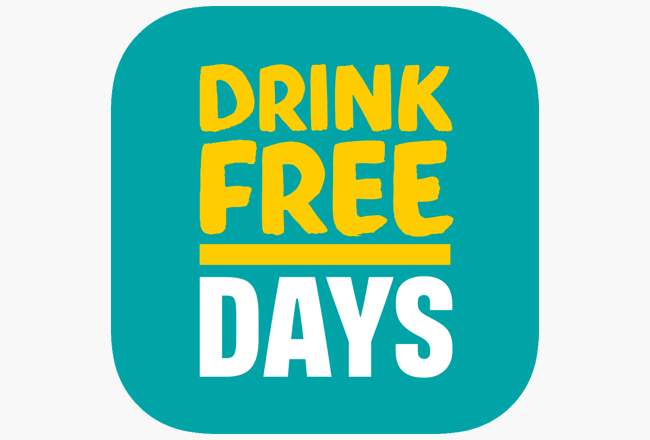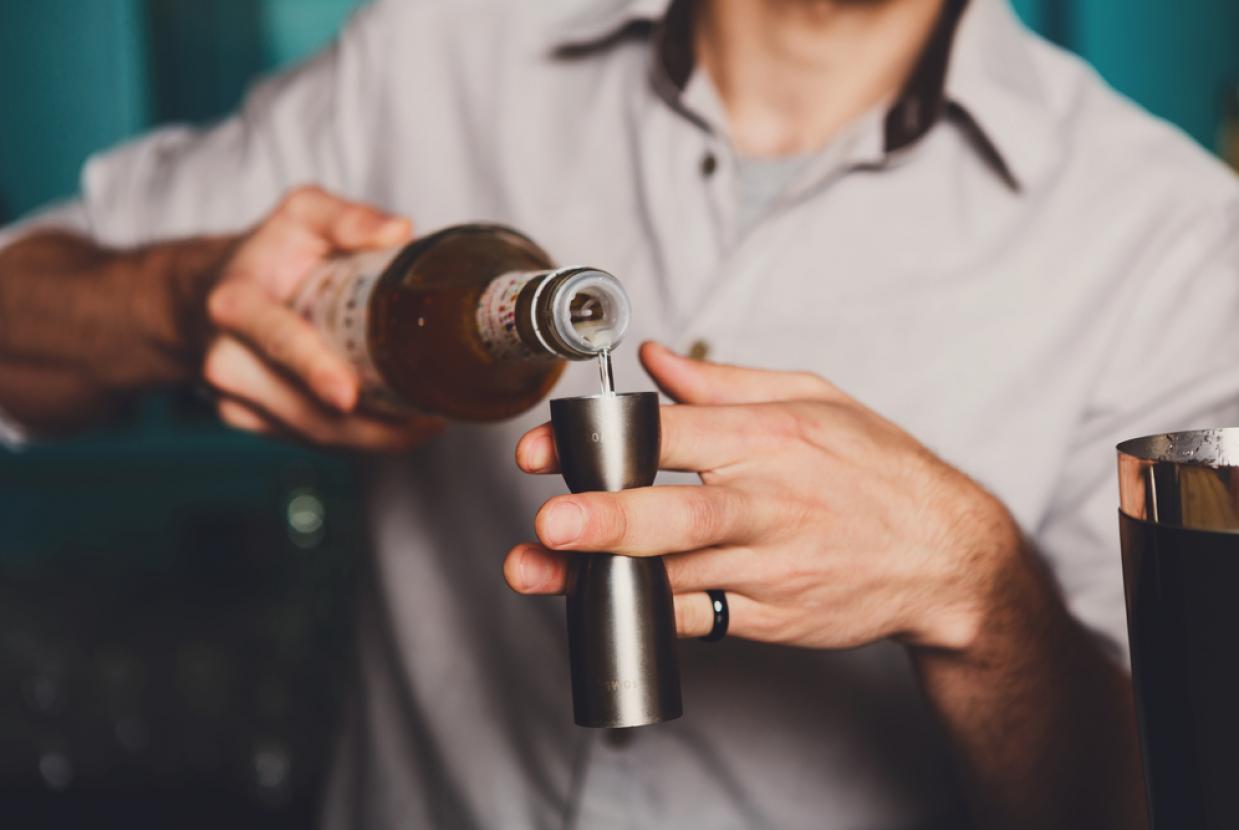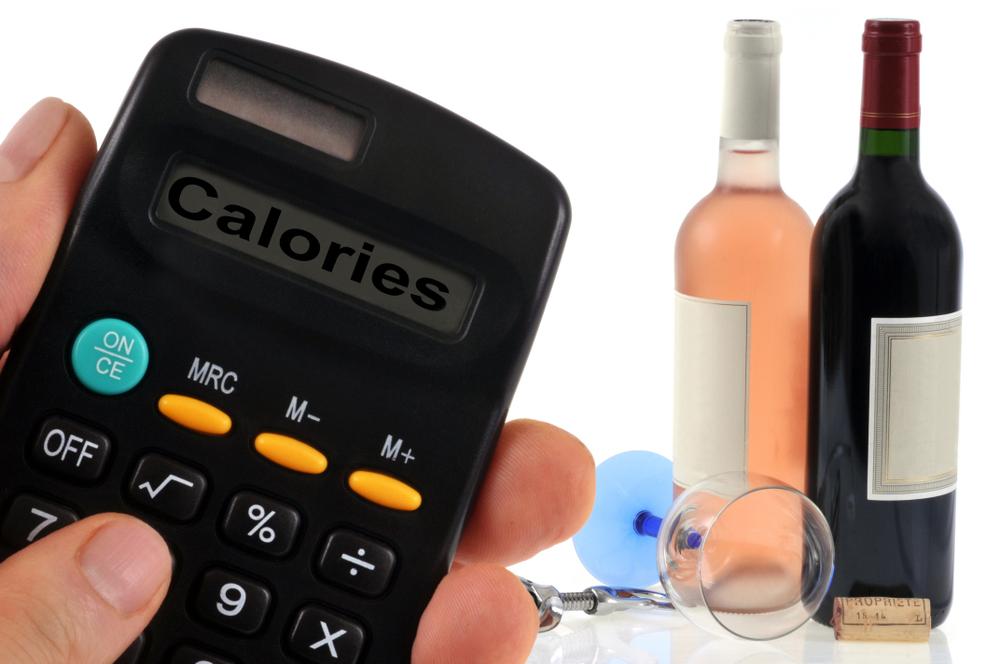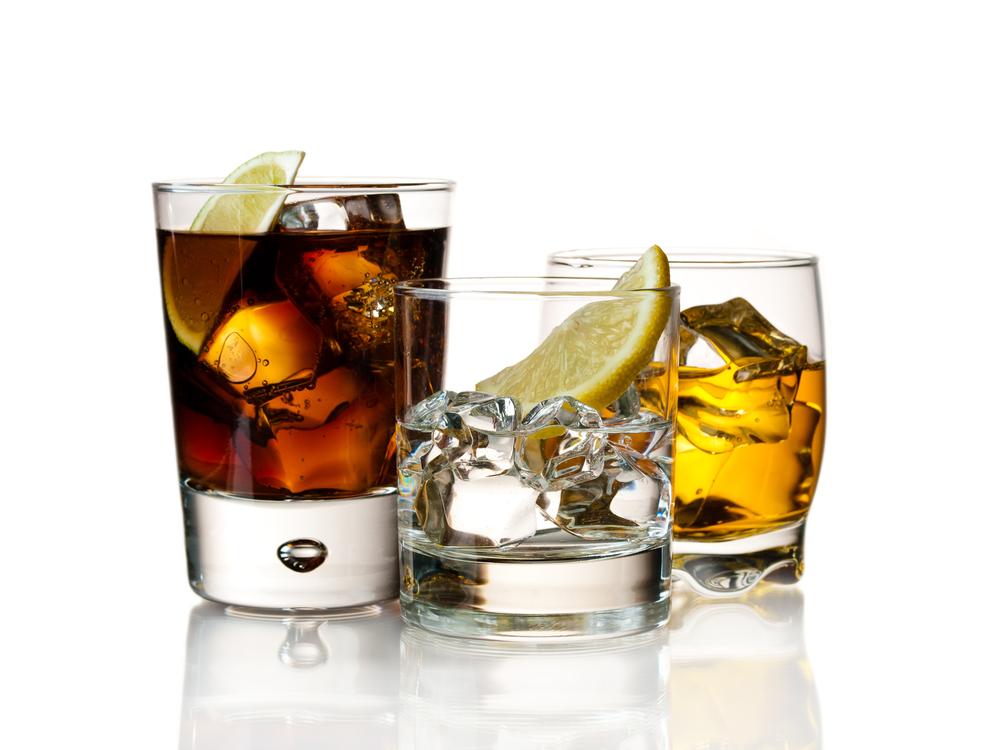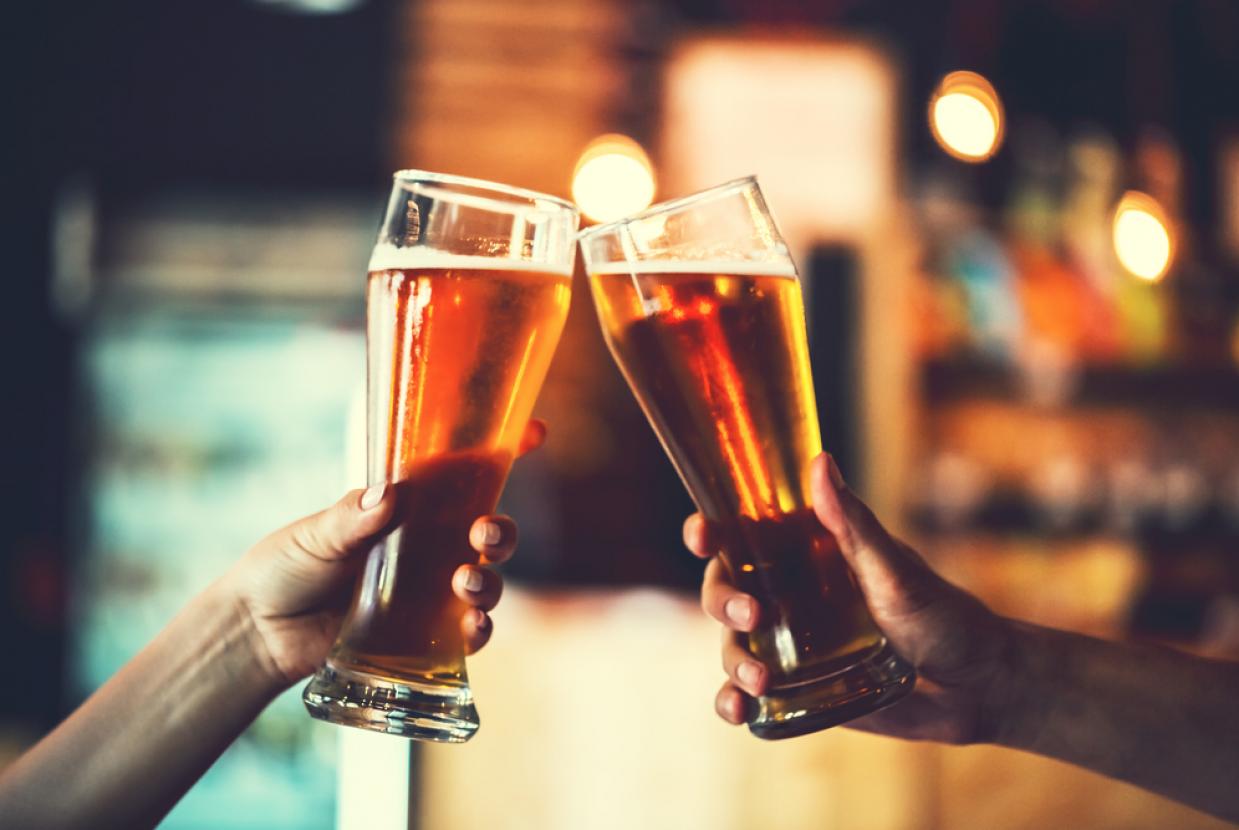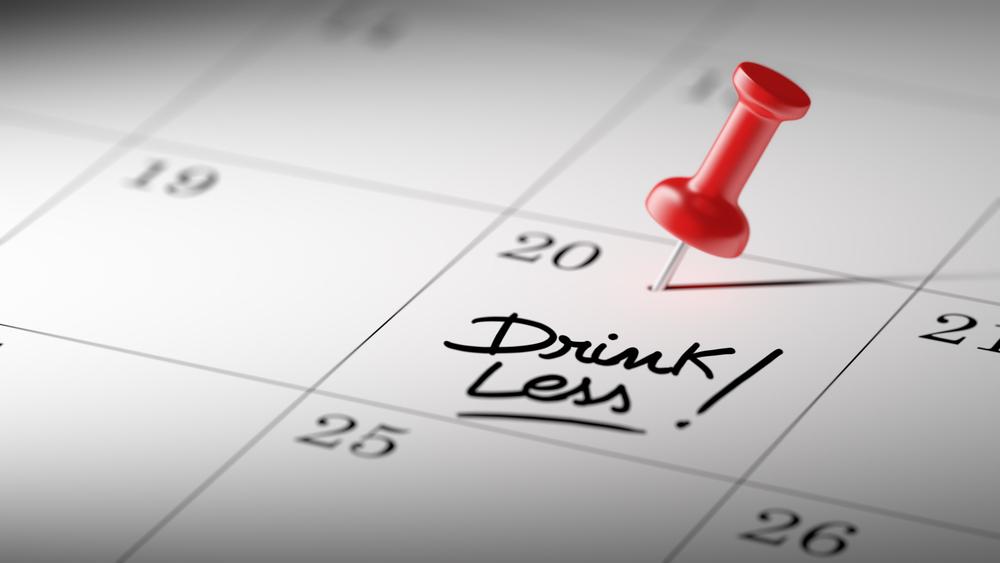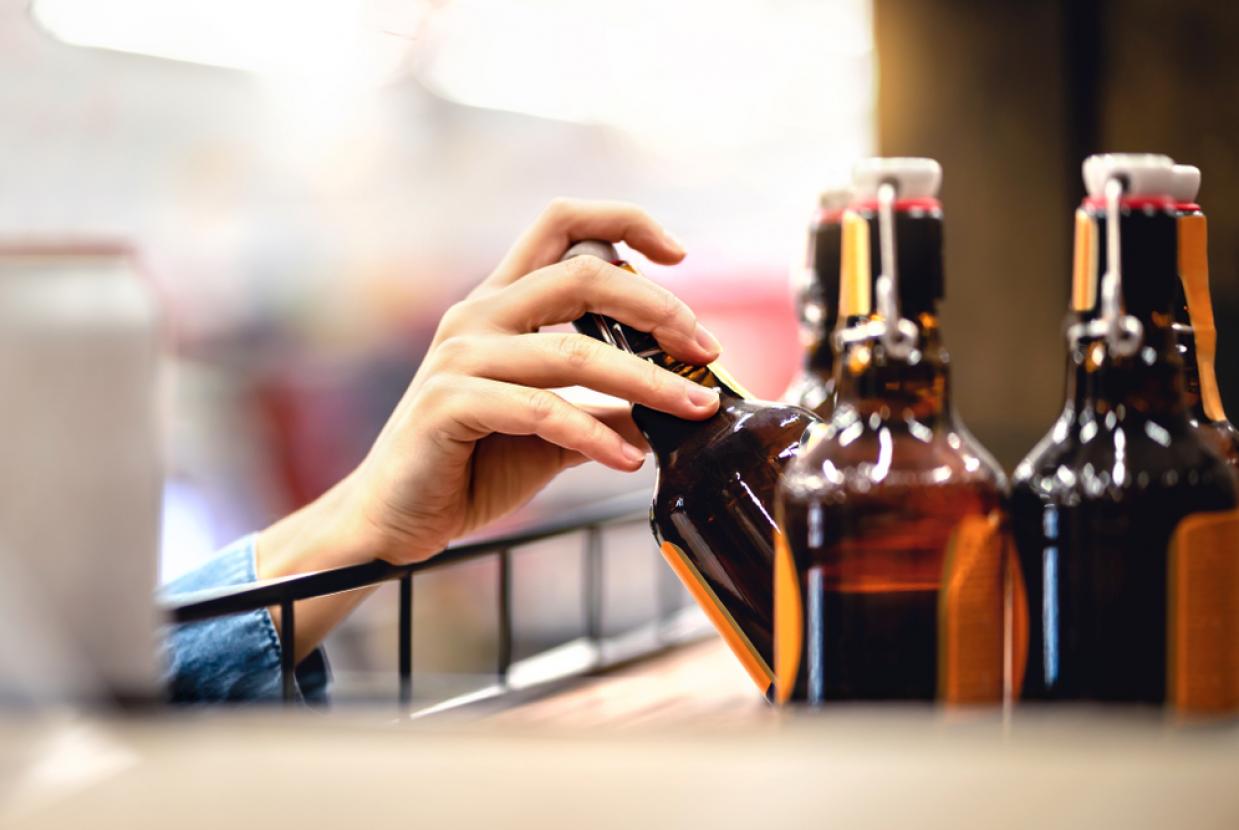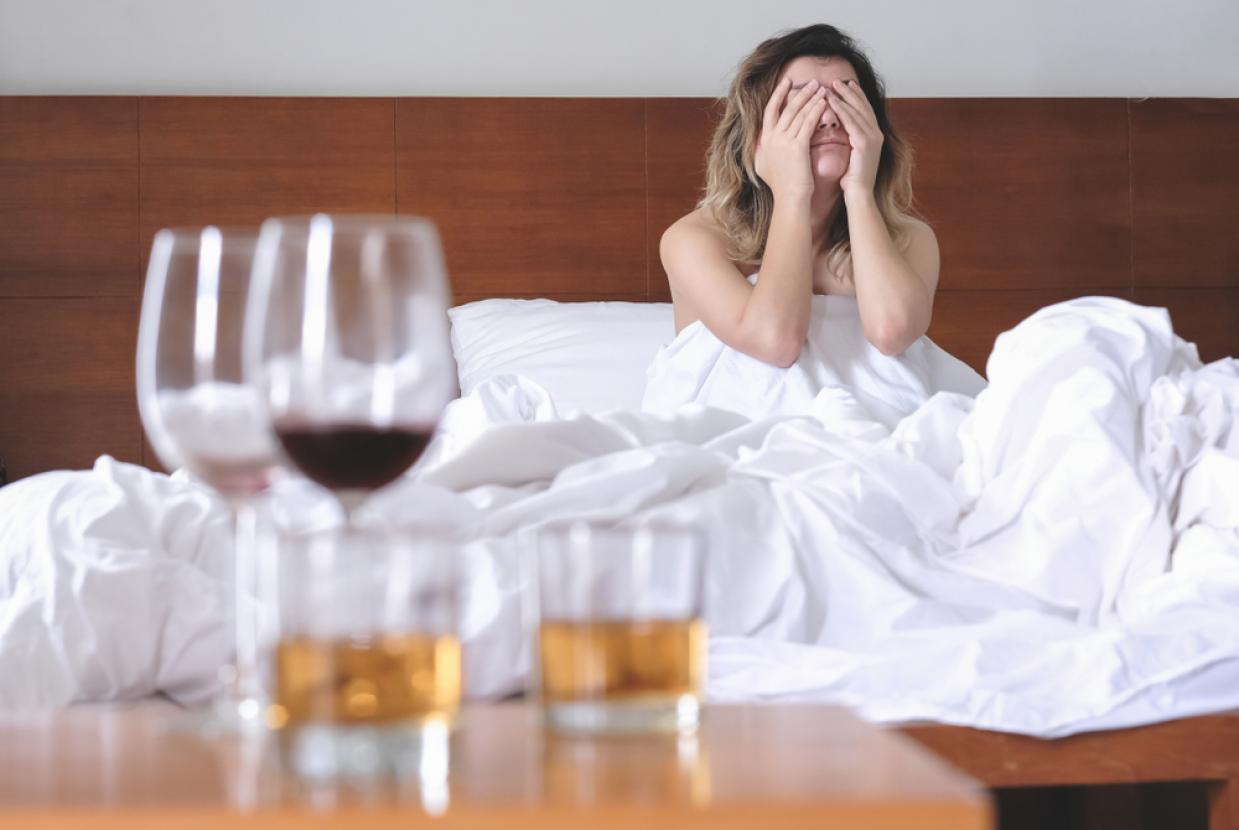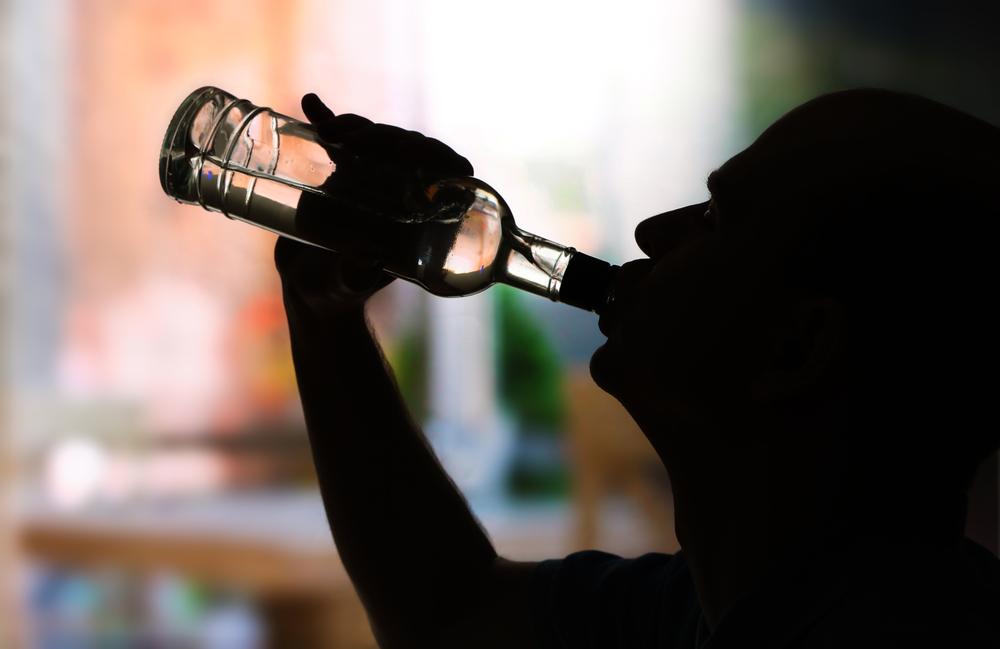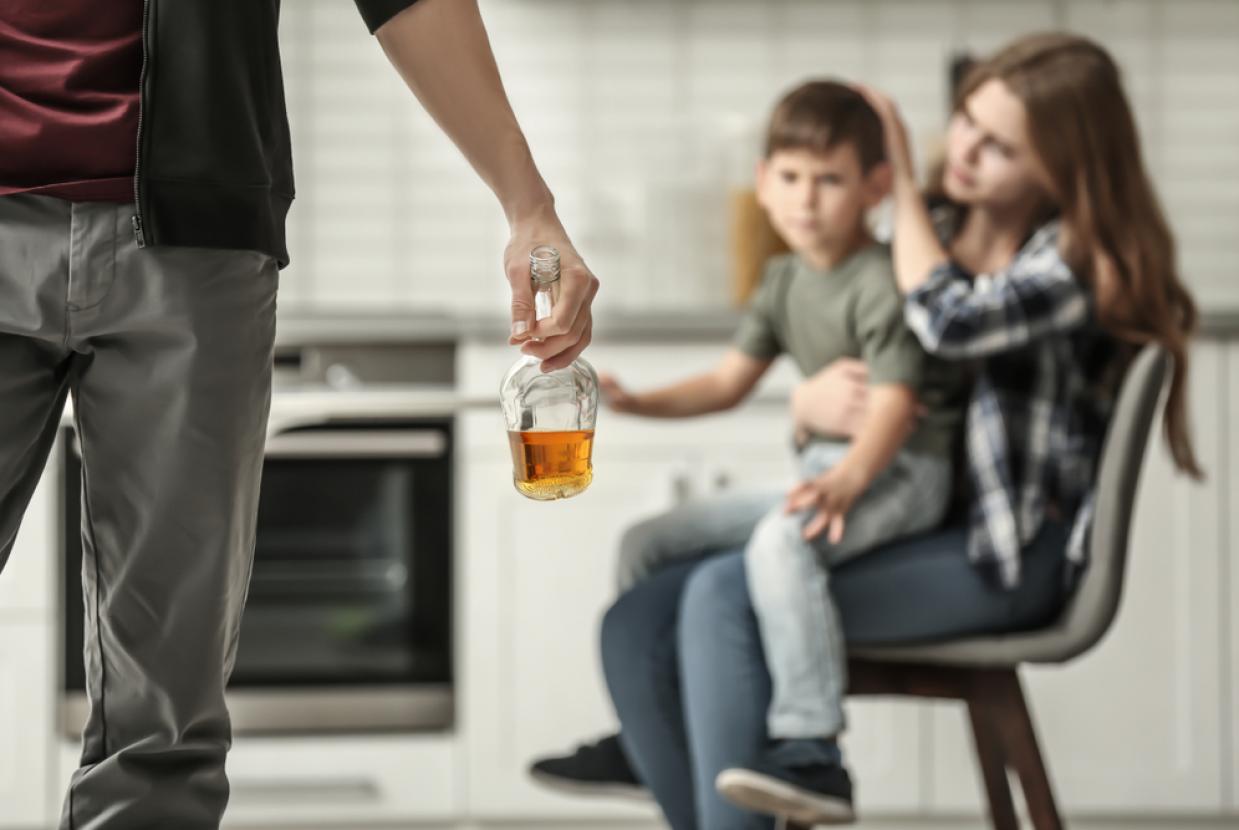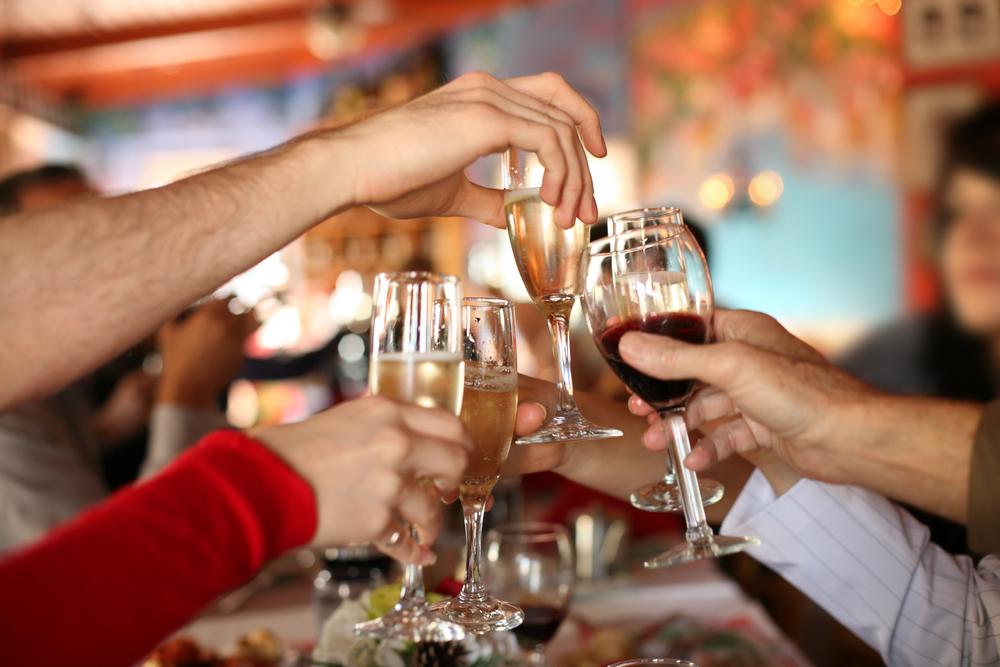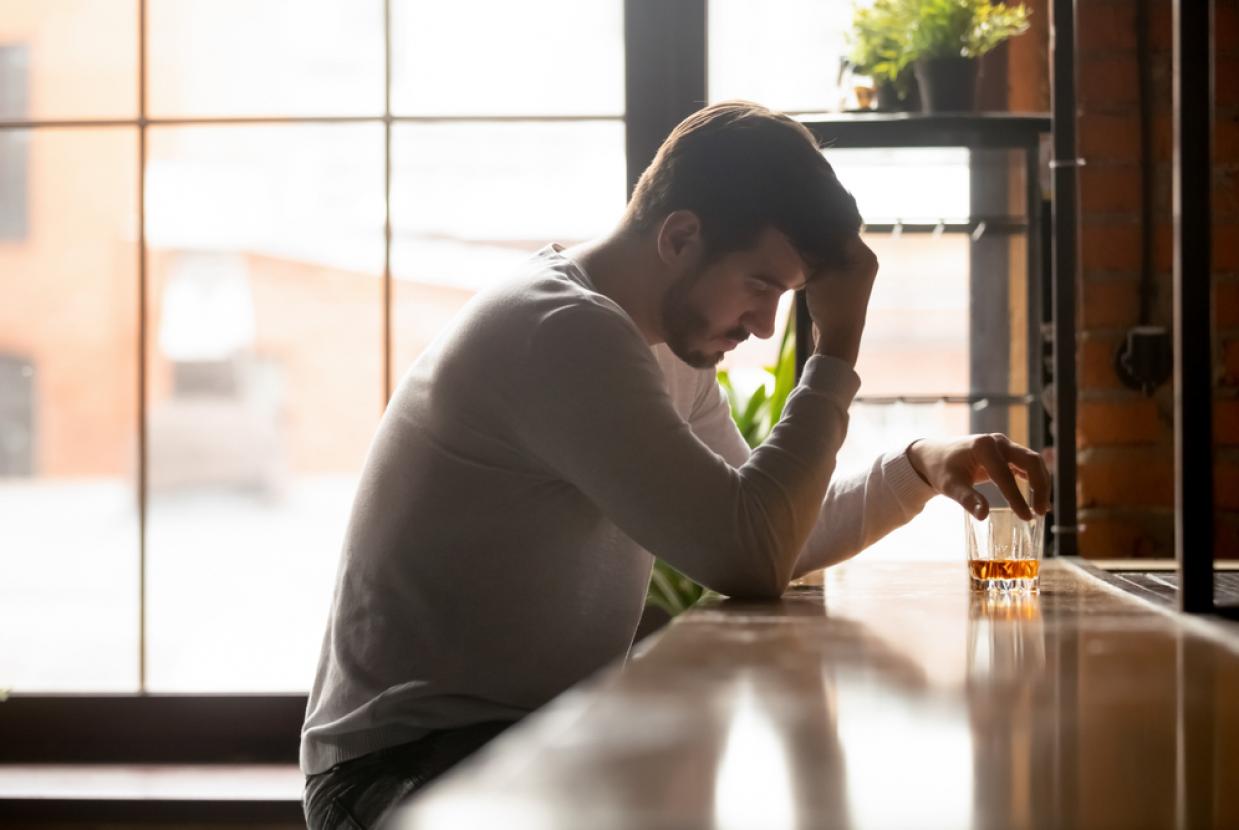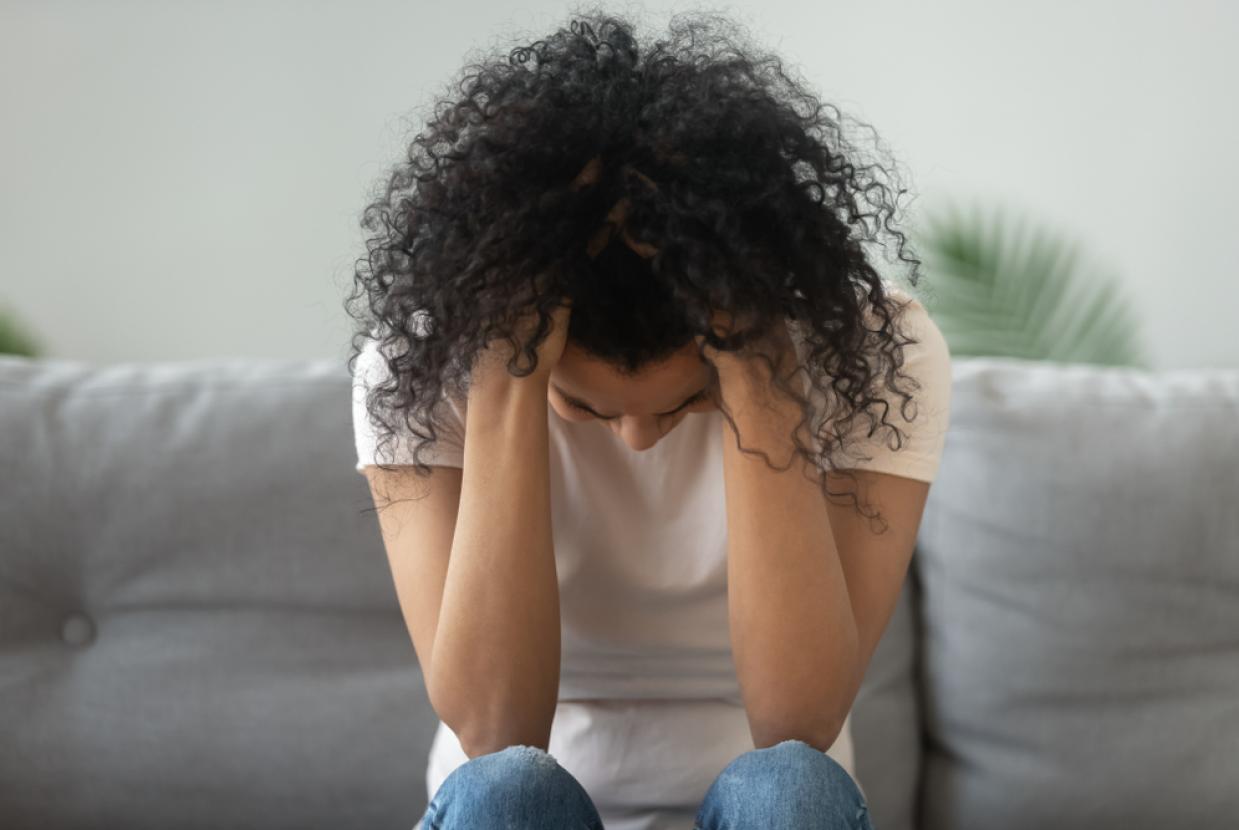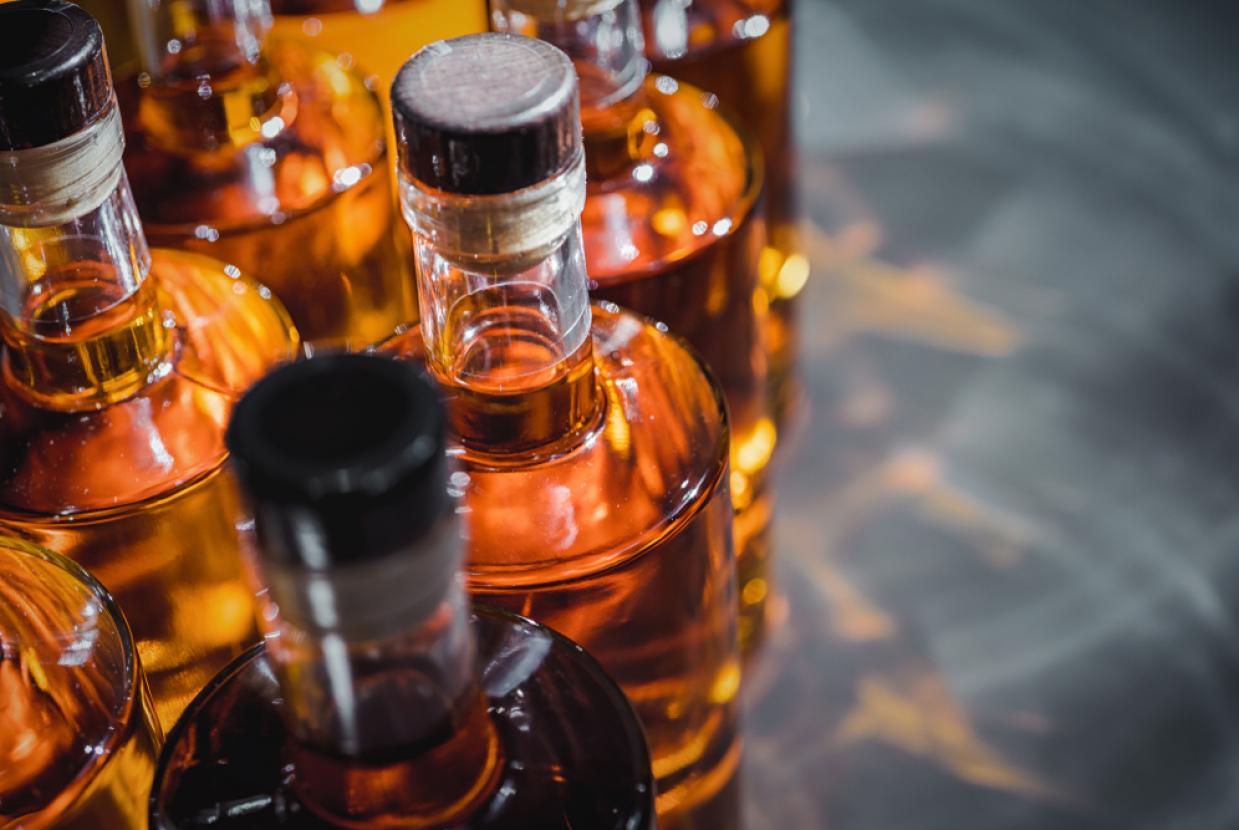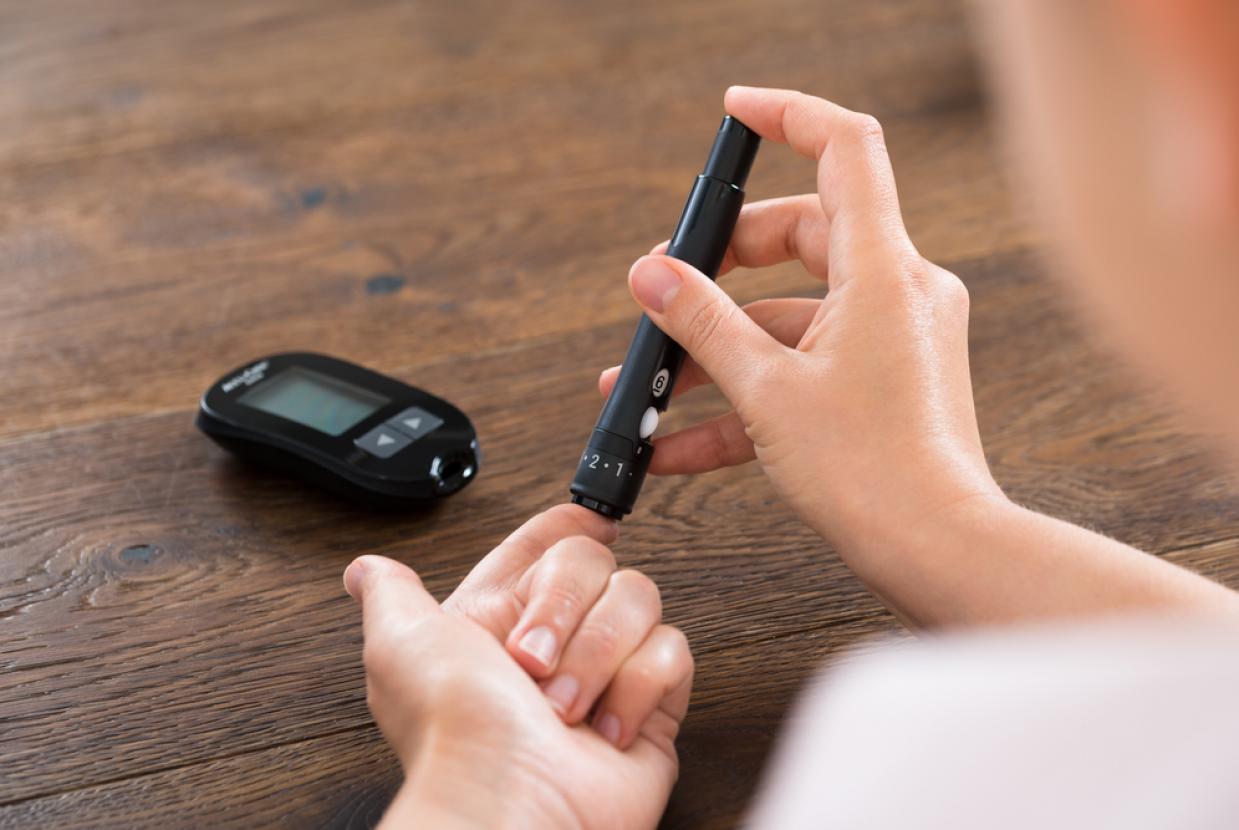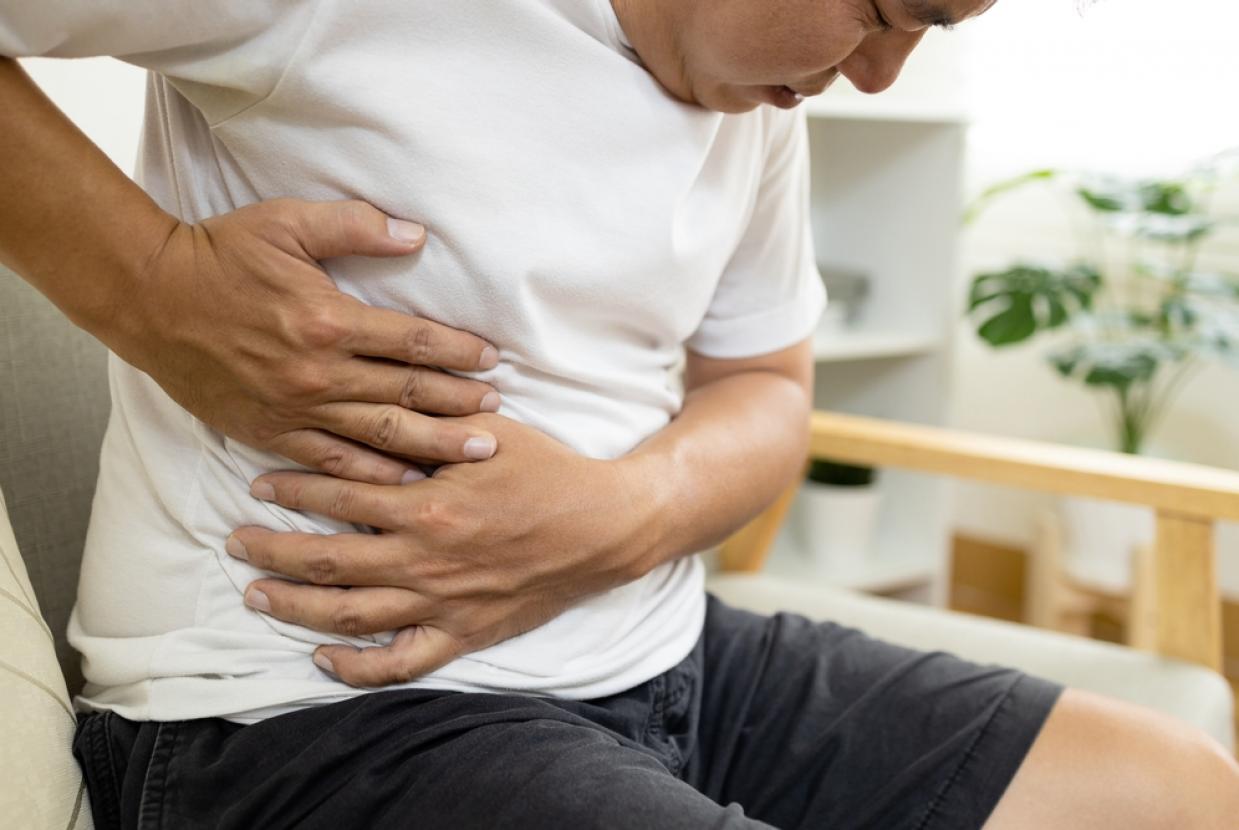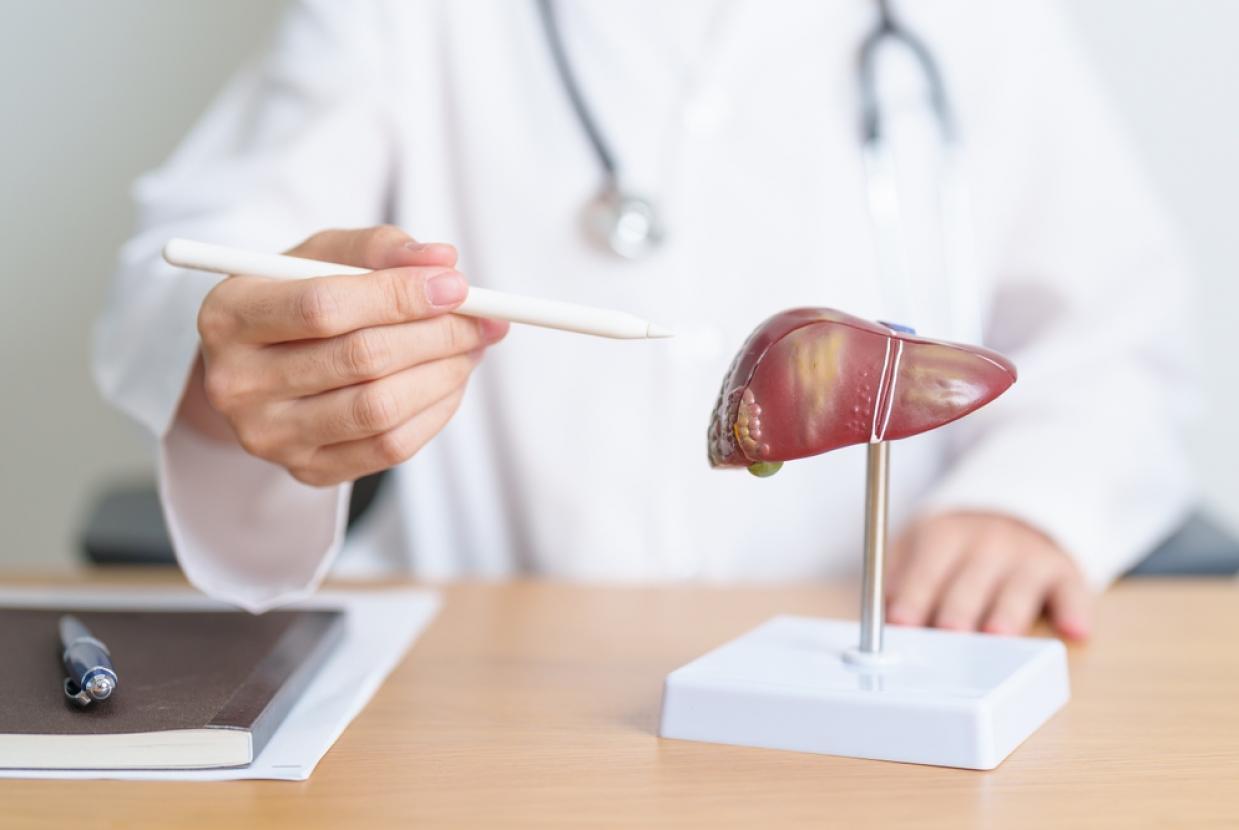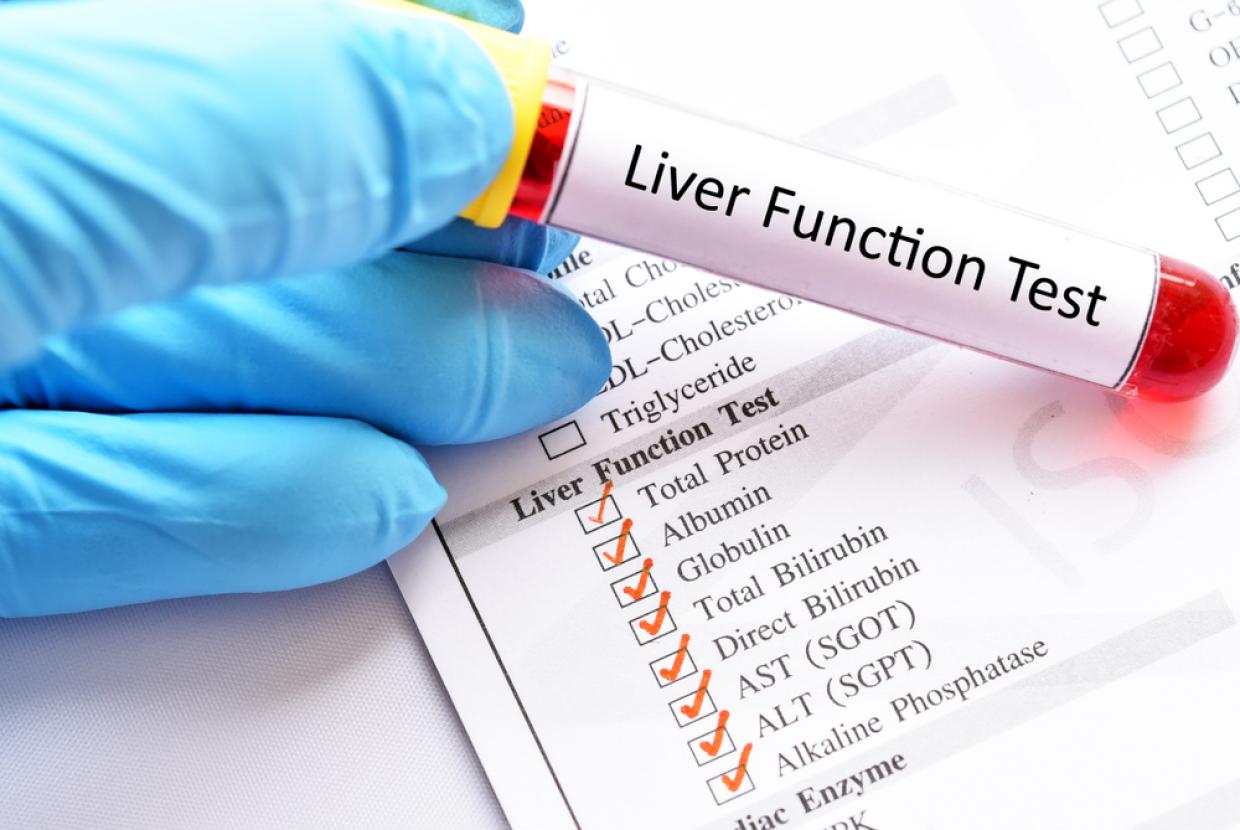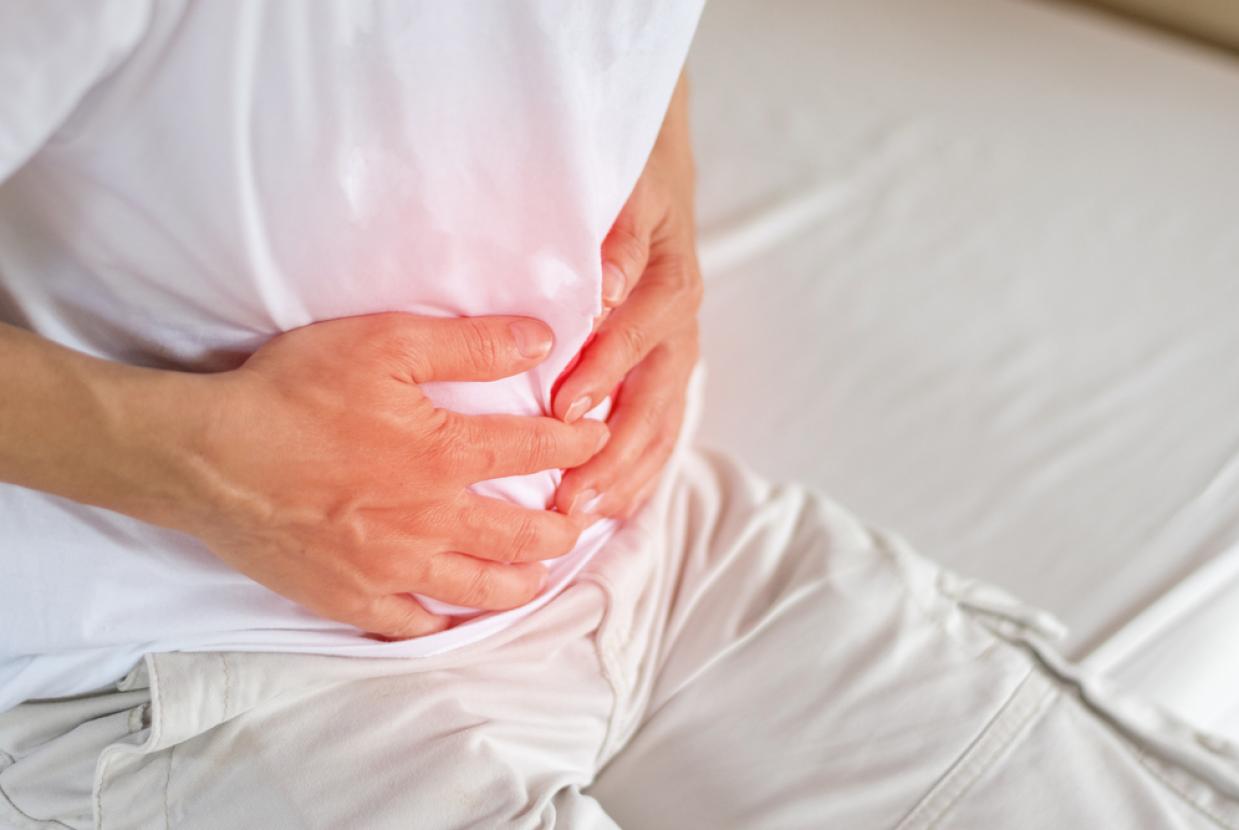Low-Alcohol, Alcohol-Free, Non-Alcoholic: What Does It All Mean?
Alcohol GuidanceThere are quite a few different words used to describe drinks with little or no alcohol in them. Here we’ve tried to cut through the confusion and help you understand more about what you’re drinking.
If you’ve ever gone looking for alcohol-free alternatives to alcoholic drinks, you’ve probably noticed that they’re described in a few different ways. You may also have noticed that their strength can vary from 0.0% to 1%. At Alcohol Change UK, we often hear from people who are unsure whether a drink they’ve seen is really 'alcohol-free' or if it’s 'low-alcohol' and what that means.
What kinds of drinks are we talking about?
There are plenty of drinks on sale with no alcohol in them: milk, tea, pop, fruit juice. But what we’re focussing on here is the drinks that are defined in UK law as “alcohol substitute drinks”.These are drinks that are packaged similarly to alcoholic drinks and sold as direct replacements for them. So, they look – and aim to taste – like beer, wine, cider, spirits or cocktails.
The law sets out a few categories of “alcohol replacement drinks” according to their strength:
- 'Low alcohol' drinks must not be more than 1.2% alcohol. In reality, most drinks labelled as 'low-alcohol' are around 0.5%, aside from a few low-alcohol ciders at around 1%
- 'Alcohol-free' drinks cannot be more than 0.05% alcohol. However, in much of the rest of Europe drinks up to 0.5% alcohol can be labelled as 'alcohol-free', and drinks labelled in this way are sold in the UK
- A term you see less often is 'de-alcoholised'. This can be used to describe drinks from which almost all the alcohol has been removed. You’ll mostly see this on 0.5% wines
- Although it is widely used in everyday speech, the official guidance says that the term 'non-alcoholic' should not be used on drinks that are intended to replace alcoholic drinks.
- The phrase 'NoLo' is sometimes used by people writing about no-alcohol and low-alcohol drinks but has no official definition.
- Some drinks producers have used the term 'ultra-low' to describe their drinks but again this has no firm definition.
How to decide what kinds of drinks are right for you
Given that the terms used for all these different drinks can be a bit confusing, one of the best things to do is to look at each drink’s alcoholic strength – sometimes called ABV (alcohol by volume). So, if you’ve been advised by your doctor to avoid all alcohol, or if have religious reasons for not drinking, you’ll be looking for drinks that are totally alcohol-free – with an ABV of 0% or 0.0%.
For many other people, 0.5% ABV will be acceptable. Given that the body can break down around 1 unit of alcohol each hour, and that a pint of 0.5% beer contains 0.3 units of alcohol, you would have to drink a lot of any 0.5% drink very quickly in order to feel any effect.
For drinks at 1% to 1.2% - still classed as 'low-alcohol' under the law – you probably want to exercise a bit more caution, particularly if you’re avoiding alcohol for health reasons. The good news is that there are plenty of 0.5% and 0% alternatives to choose from.





